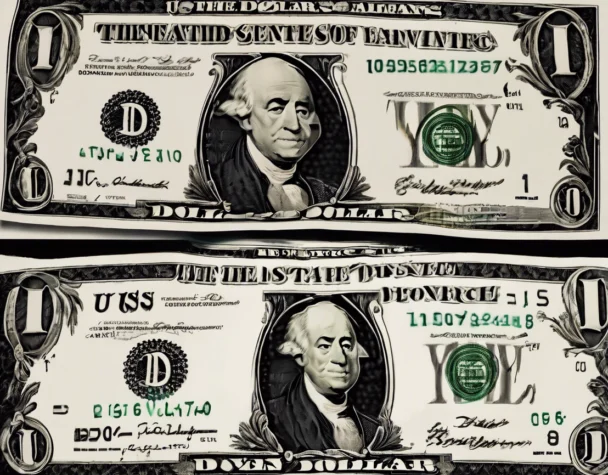
Dollar Retreat Spurs Gains for Euro, Yen, and Pound
Thu, May 22, 2025U.S. Dollar Slumps on Tax Reform Concerns and Fed Dovishness
The U.S. dollar is slipping across major trading pairs as investors grow increasingly cautious over proposed fiscal reforms and mixed signals from the Federal Reserve. The dollar index dipped below the key psychological level of 100, reflecting growing discomfort with President Trump’s proposed tax cuts, which are expected to expand the federal deficit by up to $5 trillion. This fiscal outlook, coupled with the Fed’s hesitance to tighten policy further, has pressured the greenback across the board.
Adding to the uncertainty, Moody’s recent warning about the sustainability of U.S. debt has reduced the dollar’s appeal as a global safe-haven asset. Traders are now turning to other major currencies amid speculation that the Fed may pause further rate hikes due to softening labor data and sticky inflation. As Reuters reports, “Fed officials continue to signal caution, which markets interpret as a pivot toward neutral or even easing bias.” (source)
Euro, Pound, and Yen Advance as Traders Shift to Stability
The euro, pound, and yen are all seeing gains as investors rebalance their portfolios away from dollar-denominated assets. The euro continues to trade resiliently near 1.12 against the dollar, buoyed by expectations that the European Central Bank may soon initiate rate cuts. Despite the dovish tone, confidence in eurozone financial stability—supported by ECB-backed swap lines with the Fed—has encouraged more demand for the euro. (source)
Meanwhile, the British pound is gaining strength as the U.K. posts solid economic data. First-quarter GDP beat expectations and April’s CPI is forecast to rise to 3.3%, adding pressure on the Bank of England to reconsider its recent rate cut. The pound currently trades above 1.33, reclaiming levels not seen in weeks.
The Japanese yen has also rallied, with USD/JPY sliding to around 142. Analysts attribute this move to narrowing yield spreads between U.S. and Japanese bonds. As U.S. Treasury yields dip, Japan’s lower volatility and longstanding status as a safe-haven make the yen increasingly attractive to investors seeking refuge from U.S. fiscal risks.
Emerging Markets Send Mixed Signals Amid Dollar Weakness
Emerging market currencies are reacting differently to the dollar’s slump. The Indian rupee has shown minimal movement, staying near 85.6 per dollar, as foreign fund outflows continue to offset any potential tailwinds. On the other hand, the South Korean won is showing strong momentum, breaking through the 1,400-per-dollar barrier after high-level talks between South Korea’s finance ministry and U.S. Treasury officials reassured investors.
As risk sentiment pivots away from U.S. assets, FX markets are likely to remain volatile, with investor focus turning toward upcoming inflation data and central bank speeches. With geopolitical uncertainty and fiscal imbalances mounting, the dollar’s dominance faces a renewed challenge from a more diverse currency landscape.

